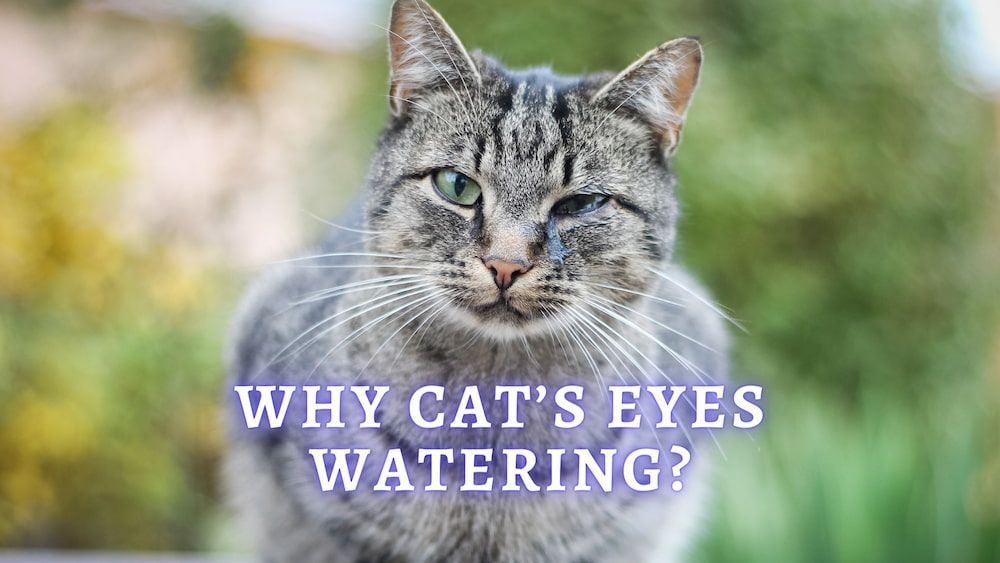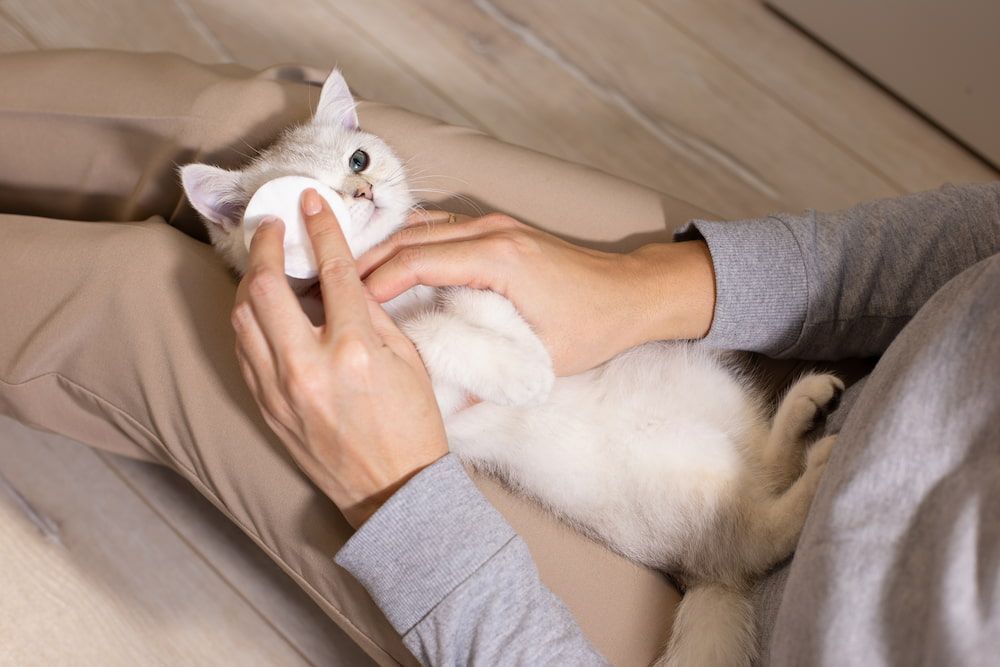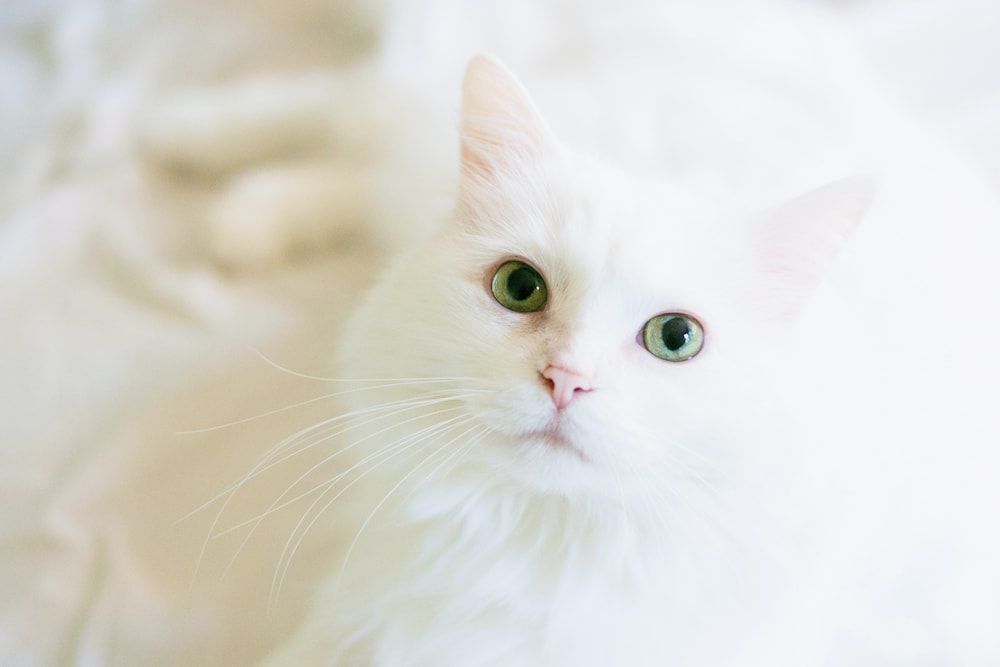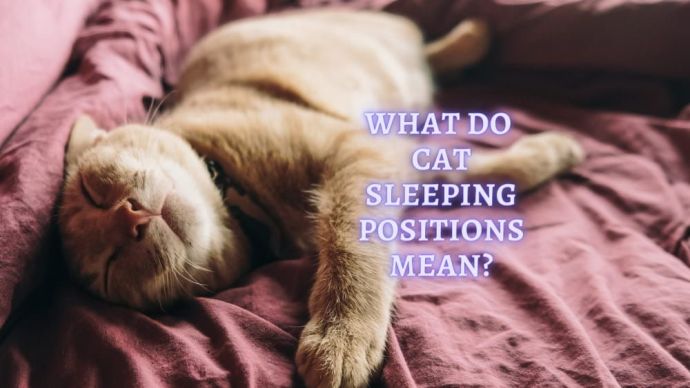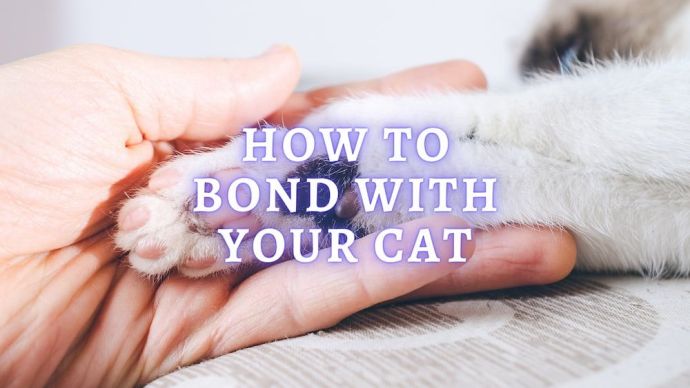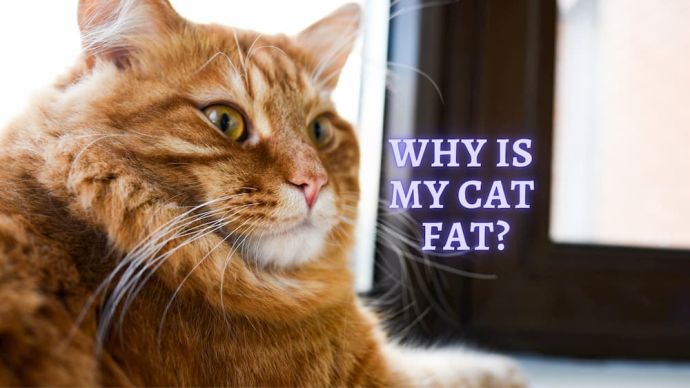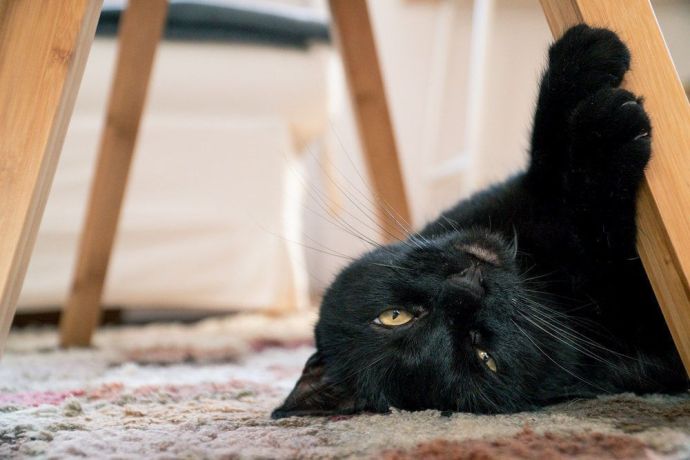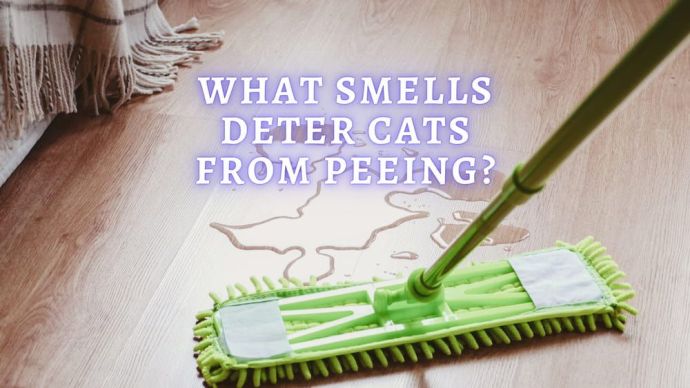Cat Watery Eyes: Why Are My Cat’s Eyes Watering?
Written by:
Author: Carol Young
Carol has worked in specialty, emergency, mixed animal and general veterinary practices, and enjoys all aspects of veterinary medicine. Her special areas of interest include anesthesia, critical care, emergency, dentistry, internal medicine and small animal nutrition.
View all 62 articlesLearn about our editorial process and veterinary review board.
Viewed: 4229
Updated on: 03/24/2022
Watery eyes in a cat are not unusual, but it is a sign that your cat may have a foreign body in one or both eyes, or that she may be fighting off a virus or infection. In some instances, watery eyes may resolve by themselves; however, it is crucial to seek veterinary care as soon as possible to rule out any health issues. There are several reasons why your cat may be experiencing watery ocular (eye) discharge, and these range from allergies, trauma, upper respiratory infections, and conjunctivitis.
Reasons Why Cat Eyes Watering
Watery eyes can be a result of several factors, which include some of the following.
1. Eye Allergies
Just as with people, cats can suffer from allergies too, and allergies are often a common issue for felines. Allergies can cause eye irritation and inflammation, which in turn can result in excessive tearing and watery discharge. Common allergens include mold, household cleaning products, pollen, and dust. If you think that your cat is allergic to a certain substance, try eliminating that trigger and see if your cat’s condition improves. If you are unable to determine the cause of your cat’s watery eyes, make an appointment with your veterinarian. Your veterinarian will be able to rule out any health issues and recommend a treatment regimen.
2. Ulcers
Ulcers and abrasions on the eye can also cause watery discharge. These conditions are diagnosed by your veterinarian. During an exam, your veterinarian can apply a stain to the eye (called fluorescein stain) that sticks to scratches and ulcers on the cornea of the eye. If there is an ulcer, the area will look bright green. Most often ulcers can be treated with eye drops or ointments, but if the ulcer is serious, your veterinarian may refer you to a veterinary ophthalmologist.
3. Foreign Body
If your cat blinks and tearing excessively or squinting and pawing at her eyes, she may have something in her eye (a foreign body). If you suspect a foreign body, make an appointment with your veterinarian as soon as you can. Foreign objects such as dust, dirt, grass, or other substances can irritate the eye and cause excessive tear production, and they can cause damage to the cornea as well. If you have a cooperative pet, she may let you flush the affected eye with artificial tears. However, if you are concerned, make an appointment with your veterinarian.
READ MORE: Cat Eye Injury: Signs, Diagnosis, and Treatment (Vet Advice)
4. Feline Conjunctivitis
Conjunctivitis is inflammation of the conjunctiva. If your cat’s eyes are red and inflamed, she may have conjunctivitis (called pinkeye in human medicine). Signs and symptoms include swollen eyes, sensitivity to light, and excessive tear production. Feline conjunctivitis can be caused by allergies, viruses, or bacterial infections, and while this condition can be easy to treat, it can lead to more lead to more serious complications if not addressed by your veterinarian. Depending on the severity and cause of the inflammation, your veterinarian may prescribe eye drops or ointments.
5. Tear-Duct Abnormalities
Tear-duct abnormalities or obstructions are not as common in cats as they are in dogs, however, they do happen in felines. The nasolacrimal ducts are located in the corner of each eye, and they function to drain the nasal cavity. These ducts have normal tear formation that keeps the corneas lubricated and healthy. Excess tears will build up and spill over the lower eyelid down your cat’s face if the tear ducts are blocked. A blocked nasolacrimal duct can be diagnosed by your veterinarian and if needed, can flush the tear ducts to clear them.
6. Upper Respiratory Infection
Kittens and older cats can be prone to upper respiratory infections, or URIs. URIs are highly contagious and are characterized by an ocular discharge that can be clear or tinted in color. Some cats may have crusting in the corners of the eyes, and others may have more severe discharge so that the eyes are almost crusted shut. In addition to runny eyes, these cats may also show nasal discharge, coughing, sneezing, lethargy, and even tongue ulcers. In severe cases, some cats may have difficulty breathing through their noses. If your cat is suffering from respiratory signs, contact your veterinarian immediately.
7. Calicivirus and Herpesvirus (Viral Rhinotracheitis)
Calicivirus and herpesvirus (also known as viral rhinotracheitis) are two viruses that can cause chronic eye-watering. If your cat is fully vaccinated against these two viruses, you may not need to worry; however, some adult cats may show signs of herpes virus, which include watery eyes and ocular discharge, and tear staining. Your veterinarian can diagnose your cat’s condition, and if herpesvirus or calicivirus is the cause, the condition can be treated with regular eye drops or ointments.
8. Eye Infection
Goopy and watery eyes are often a sign of an eye infection; however, clear discharge usually points to a viral infection. Often cats with bacterial eye infections will have green or yellow discharge from the eye. Contact a veterinarian if you suspect that your cat has an eye infection. Untreated infections can cause permanent damage to the eye, and if your veterinarian has diagnosed a bacterial infection, she may prescribe ophthalmic antibiotic drops, gels, or ointments as well as an oral antibiotic.
9. Entropion
Entropion is a condition where the eyelashes roll inward and cause irritation to the cornea of the eye. This is often a hereditary condition and is not as common in cats as it is in dogs. Signs and symptoms of entropion include excessive tear production, squinting, pawing at the eye, inflammation, and redness. A visit to your veterinarian can help diagnose this condition as well as involve recommended treatment.
Why do My Cat’s Eyes Look Like They are Crying?
If your cat looks like she is crying, it may be due to one of the conditions described above, but it may be due to other things such as pain or swelling or related to nasal discharge and sneezing.
If your cat is pawing at her eyes, and her eyes seem to be painful, contact the veterinarian as soon as possible. If the eyeball is bulging, or if the eye is cloudy or red, these could be serious signs that warrant a vet visit. Conditions such as glaucoma are very painful for pets, and demand immediate medical attention as this painful condition can get worse very rapidly and cause permanent blindness.
Watery eyes, sneezing and a runny nose are all signs of an upper respiratory infection or a cold and can make your cat look like she’s crying. Cold symptoms are typically clear up within a week; however, if the symptoms become worse, make an appointment with your veterinarian.
READ MORE: Does my Cat have an Ear Infection?
My Cat’s Only One Eye-Watering
There are many reasons why your cat may have watery eyes, ranging from a virus to trauma, and sometimes only one eye may be affected. Typically viruses such as feline herpes will affect both eyes, and if only one eye is involved, it may be due to trauma or a foreign body. In any case, it’s essential to make an appointment with your veterinarian to rule out anything that could permanently damage your cat’s eye.
Is Cat Eye Discharge an Emergency?
If your veterinarian diagnosed your cat with the feline herpes virus, chronic eye-watering is not uncommon but can be treated with prescription eye drops or ointments. However, if your cat has suddenly started to have watery eyes, it may be due to infection, trauma, or a foreign body. If your cat is showing signs of pain or symptoms of an eye infection, contact your veterinarian right away. Your vet can examine your cat’s eyes and recommend appropriate treatments to help relieve any pain or discomfort your pet may be experiencing.
Other Signs of Eye Problem in Cats
When it comes to your cat’s health, it’s important to keep tabs on the health of her eyes as well. Eye problems in cats should be addressed by your veterinarian as soon as possible because infections, trauma, viruses, and metabolic conditions such as diabetes can cause permanent damage to the eye. Don’t let it go untreated if you notice other signs such as redness of the sclera (the white part of the eye), inflammation and swelling of the conjunctiva or eyelids, or green, yellow or goopy discharge.
How do You Treat Watery Eyes in Cats?
When it comes to eye health in your cat, don’t try to diagnose or treat without first consulting your veterinarian. In some cases, such as with watery eyes, you may be able to use products such as artificial tears to help flush, lubricate and clean the eye. Treating watery eyes depends on the cause of the condition, and as mentioned above, always consult your veterinarian first.
How to Prevent Eye Problems in the Future?
Preventing eye problems in cats means scheduling regular check-ups with your veterinarian to ensure that your cat is in overall good health. If your cat has been diagnosed with a particular eye condition, your veterinarian may recommend certain treatments such as eye drops or ointments. As they say, “prevention is the best medicine,” and it’s essential to make sure that your cat is up to date on her vaccines, has a safe and clean living environment, and has access to a healthy diet and lots of fresh water.
FAQ
What does it mean if your cat’s eye is watering?
There are many reasons why your cat’s eye might be watering, ranging from upper respiratory infections (URIs), viruses such as herpesvirus or calicivirus, conjunctivitis, or allergies. If you are concerned about your cat’s watery eyes, schedule an appointment with your veterinarian to rule out any health issues.
Why do cats’ eyes water like they are crying?
Tears function to help lubricate and moisten the eyes, and if your cat is experiencing excessive tear production and a “watery eye,” it’s essential to determine the cause. Watery eyes could respond to irritation or inflammation, and increased tear production is the body’s response to help flush out and irritate the eye.
How do I get my cat’s eyes to stop watering?
When it comes to eye issues in cats, it’s recommended to consult your veterinarian before starting any kind of treatment. Also, to stop your cat’s eyes from watering, you’ll need to determine the cause of excess tear production and not just address the symptoms. Your veterinarian can help determine the cause of watery eyes and recommend a treatment regimen.
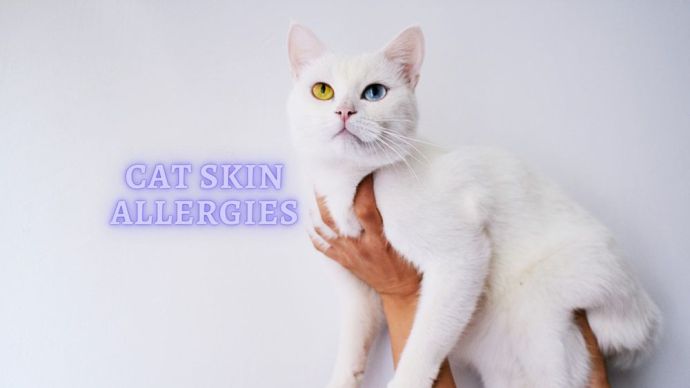 Cat Veterinary Tips Skin Allergies in Cats: Causes, Symptoms, and Treatment (Vet Advice)
Cat Veterinary Tips Skin Allergies in Cats: Causes, Symptoms, and Treatment (Vet Advice) - 542
- 0
 Cat Care Why Does My Cat Attack My Legs? 10 Reasons Why and What To Do About It (Vet-Approved Advice)
Cat Care Why Does My Cat Attack My Legs? 10 Reasons Why and What To Do About It (Vet-Approved Advice) - 46013
- 21
 Cat Veterinary Tips Cat Stomach Gurgling: Vet Advice on Why is Your Cat Stomach Gurgling?
Cat Veterinary Tips Cat Stomach Gurgling: Vet Advice on Why is Your Cat Stomach Gurgling? - 36469
- 4
 Cat Veterinary Tips My Cat Lost its Voice: Can Cats get Laryngitis? (Vet Advice)
Cat Veterinary Tips My Cat Lost its Voice: Can Cats get Laryngitis? (Vet Advice) - 23554
- 13









